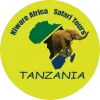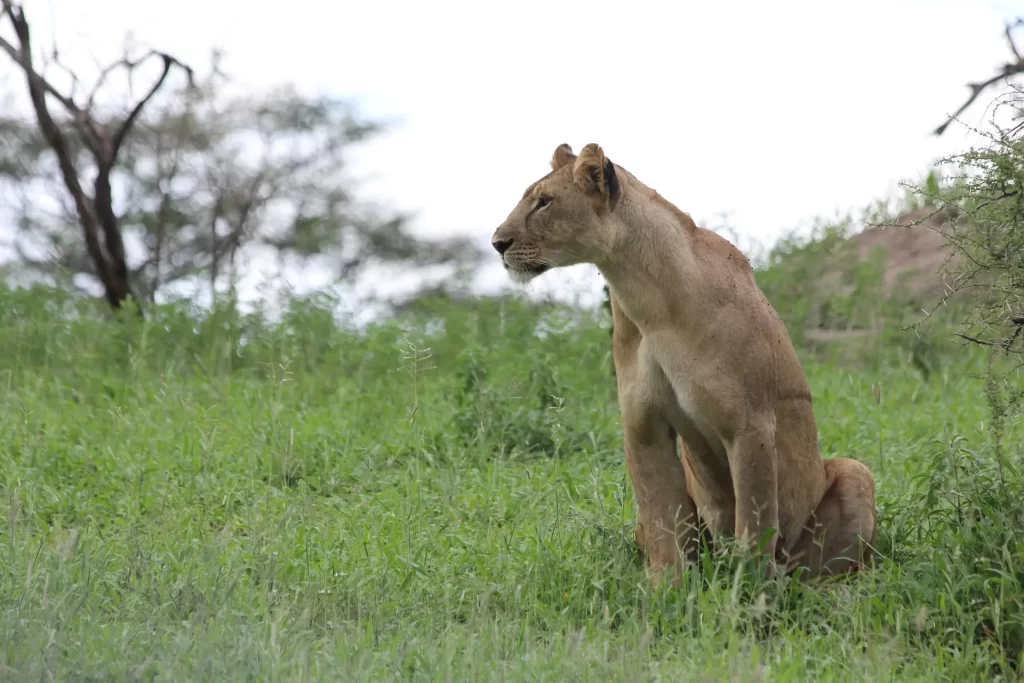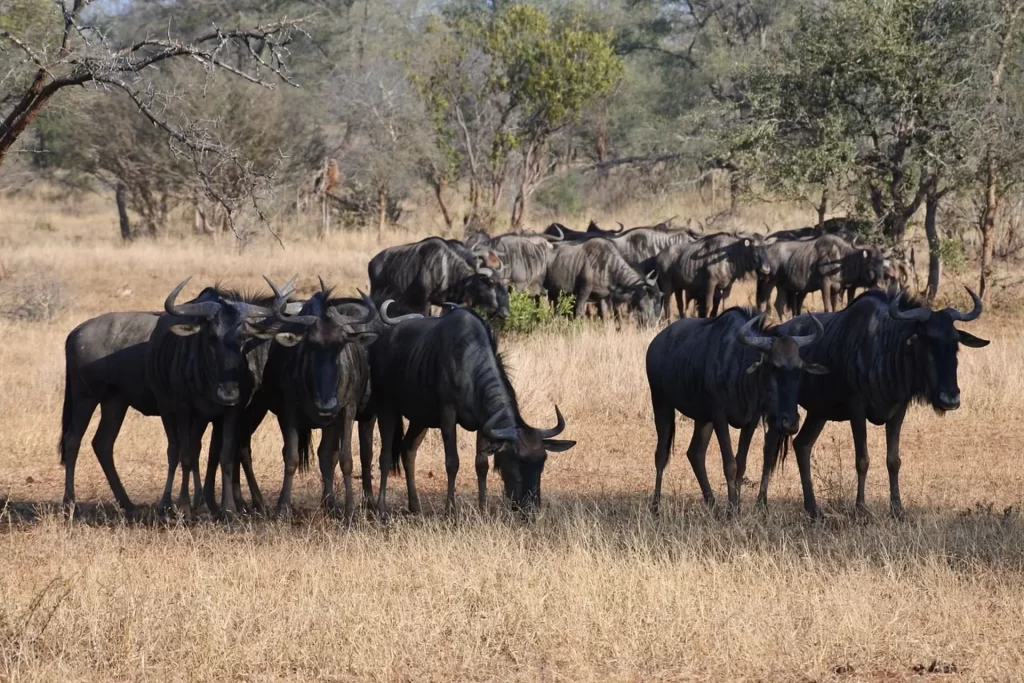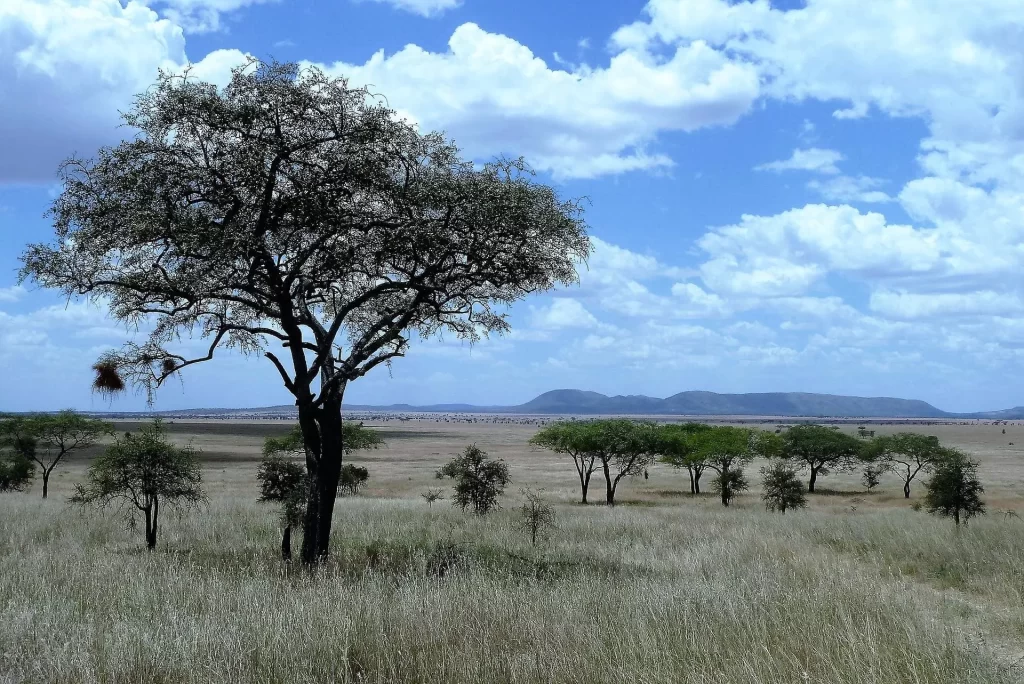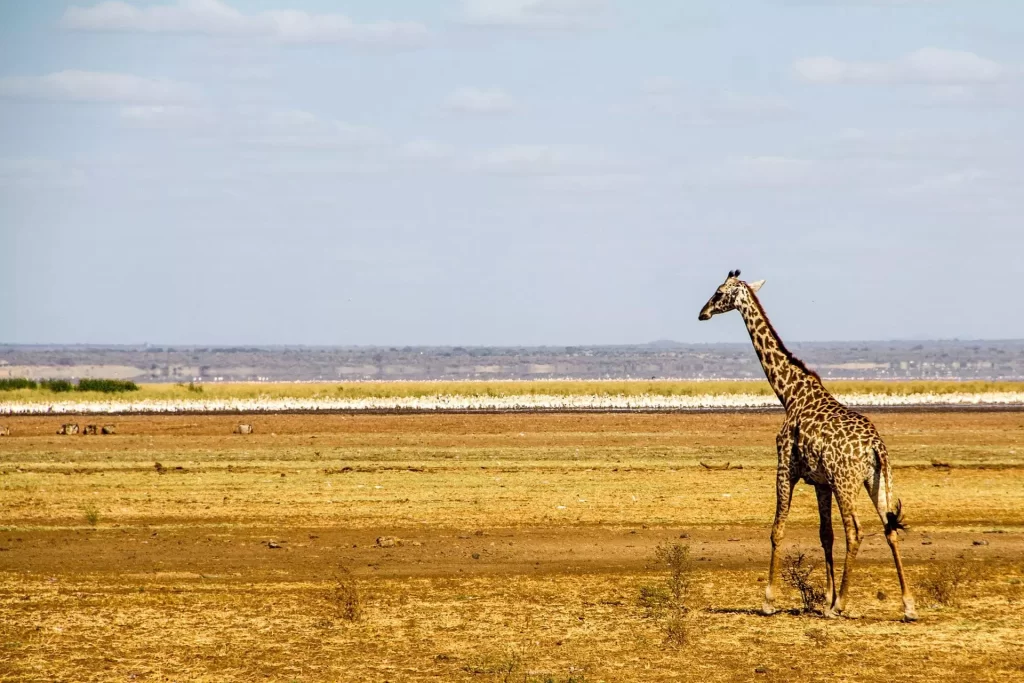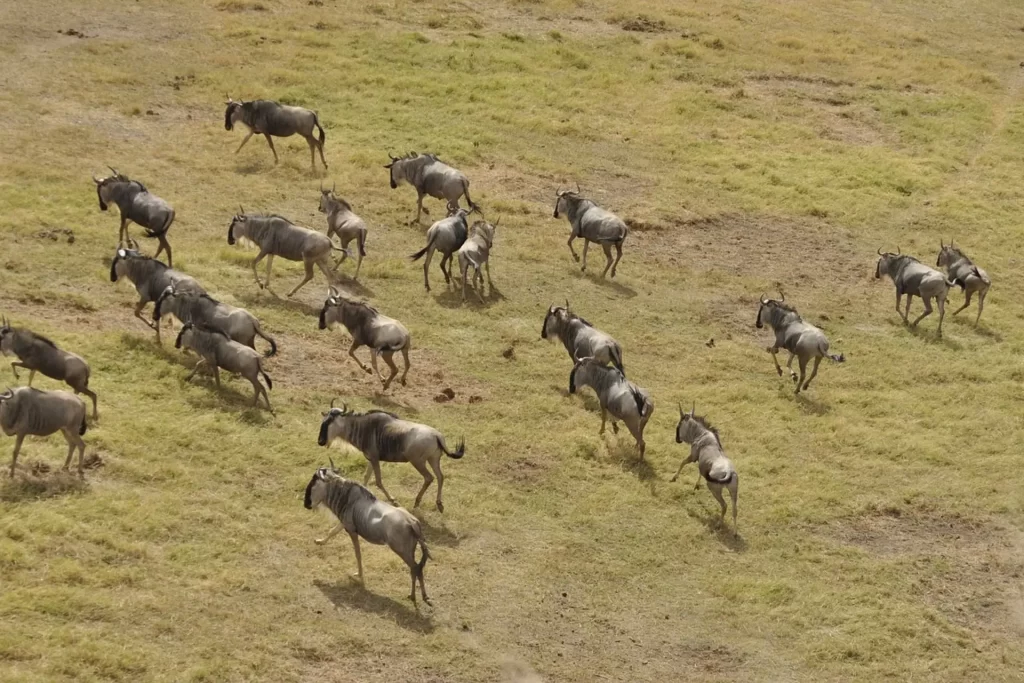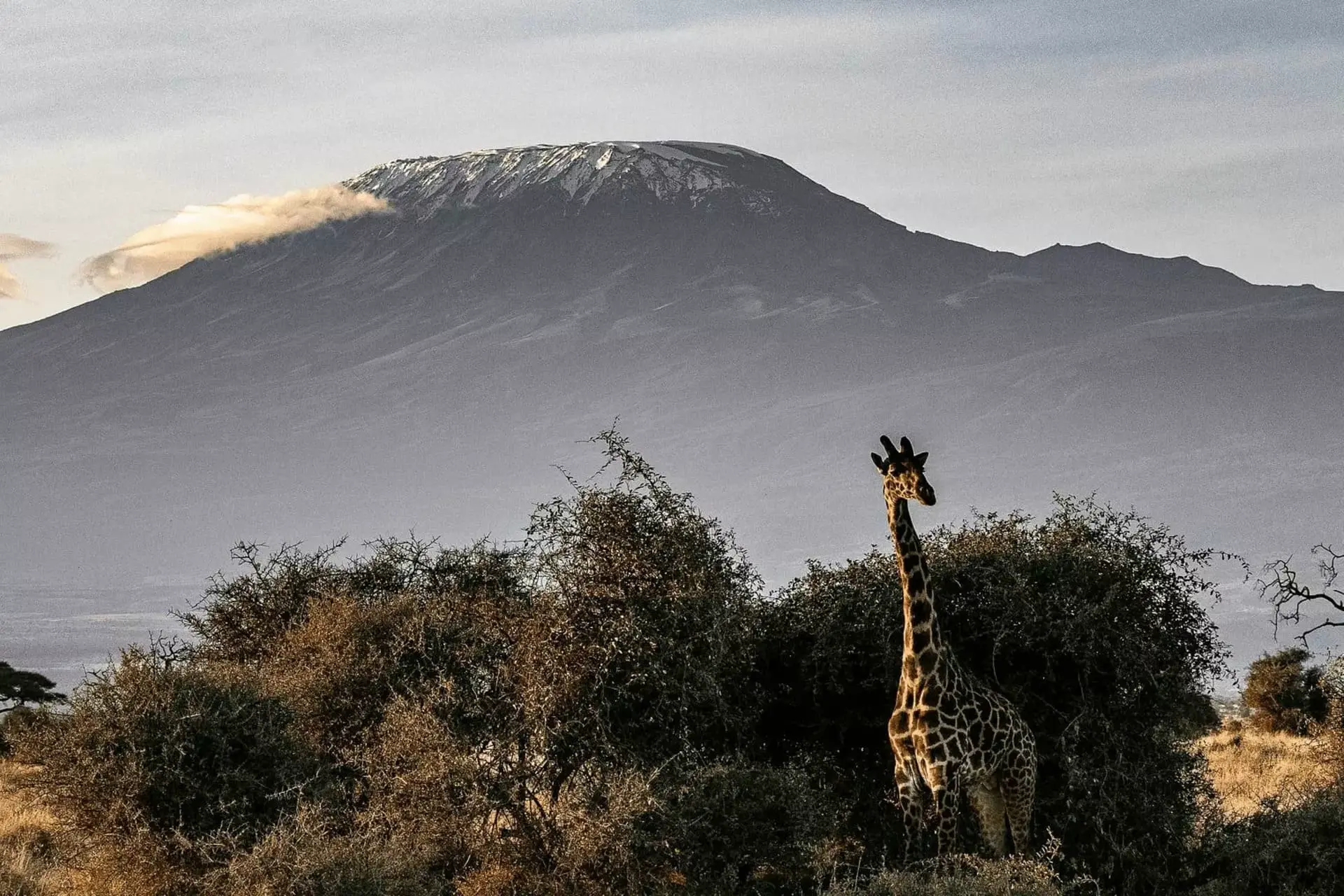
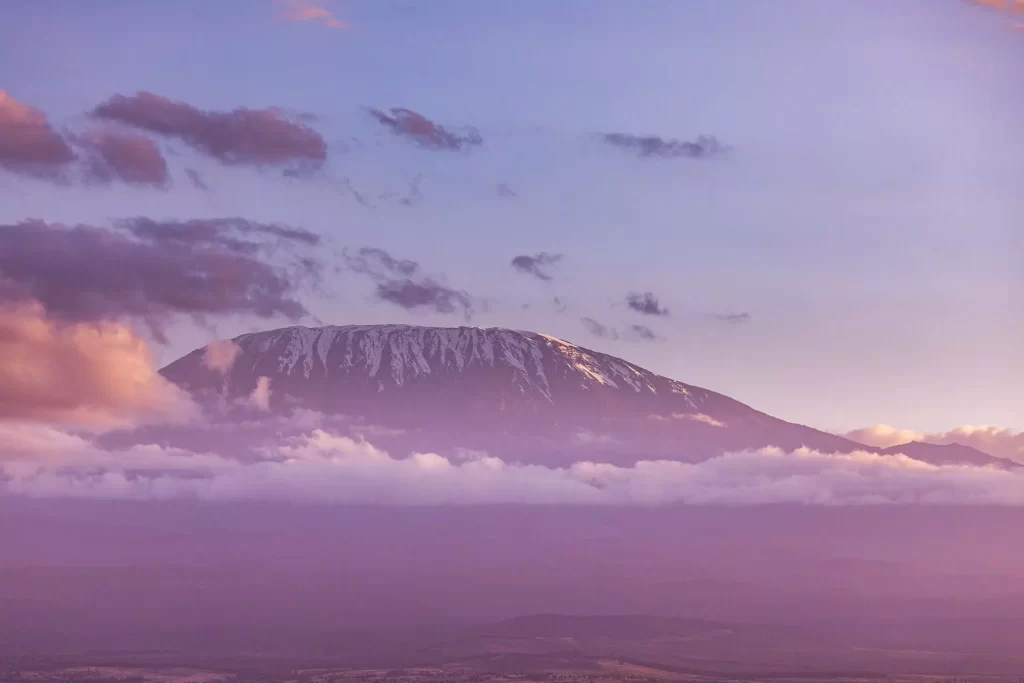
Rongai Route Overview
The only route north of Rongai to Kilimanjaro is Mount Mawenzi which offers beautiful views of the rainforest and is the second highest point in Tanzania. With a gradual gain in elevation you can acclimatize to the altitude and safely reach Uhuru Africas highest peak at 5895 meters. Rongai is ideal for travelers who already have high altitude experience.
Rongai Route has excellent success rates of 85%, 90% for 6 and 7 days climb. The Ronga trail is the perfect way to test your strength and get memorable impressions up to a distance of 65 kilometers (40 miles).
Trekking From Nalemuru Gate To Sikimba Camp
From Nalemuru Gate to Sikimba Camp The guide and mountain support crew will arrive at the hotel in the morning to meet you and provide a brief briefing after which you will travel by vehicle to the northern entrance of Kilimanjaro National Park: Nalemuru Gate (2020m).
After brief formalities of obtaining a climbing permit and registration with the search and rescue service the group began the climb to Simba Camp (2625 m). Your daily hike will be moderate and will take you through coniferous forest to the northern slopes of Kilimanjaro.
Remember not to rush and always maintain a comfortable pace. When you arrive at the campsite our professional mountain team will prepare everything you need set up the tent and cook dinner.
As this will be your first day at altitude it is highly recommended that you follow these instructions from now on: Avoid alcohol and caffeine consumption Drink more than 4 liters of bottled water per day (little by little) Take Diamox tablets for altitude sickness to help relieve symptoms .
Most climbers use Diamox in the morning before starting the climb. Reduces discomfort associated with altitude sickness. We recommend that you consult your doctor before traveling if there is a possibility of allergies.
At night you may experience discomfort associated with altitude adjustment: your body receives less oxygen than during the day due to reduced breathing patterns upon waking. The altitude may make you feel nauseous and cause headaches. Pay attention to your body and tell your guide if you start to experience symptoms of altitude sickness.
Change in Elevation:
Trekking From Sikimba Camp To Kikelewa Camp
After an early breakfast the group will start the trek from Simba Camp to your second highest camp: Kikilewa Camp (3630 m) where you can see Kibo Volcano at its best (except in cloudy weather). This trek is physically more difficult than the previous trek so complete rest is advised after reaching the camp.
Change in Elevation:
Trekking From Kikelewa Camp To Mawenzi Tarn Camp
Wake up early for breakfast and start the trek to Mawenzi Tam Camp located at the base of Kilimanjaros second Mawenzi volcano. When you reach the camp you will have lunch and rest for two hours followed by an acclimatized hike to the 200m high Mawenzi Volcano and then walk to Mawenzi Tarn Camp where you will have dinner.
Note. An acclimatization hike is an easy hike with a slight elevation gain to speed up the acclimatization process. Help increase your chances of successfully climbing Kilimanjaro and protect yourself from the effects of altitude sickness.
Trekking from Kikilewa Camp to Mawenzi Tarn Camp.
Change in Elevation:
Acclimatization hike.
Change in Elevation:
Trekking From Mawenzi Tarn Camp To School Hut Camp
Today we will walk to School Hot Camp (4715m). The landscape will change significantly and will be replaced by a rocky semi-desert. Remember to maintain momentum to maintain strength on the way to the summit of Kilimanjaro. Once you reach the camp we advise you to sleep well avoid strenuous activities and drink water as much as possible because that night you will be climbing Uhuru Peak (5895m).
Change in Elevation:
Trekking To Uhuru Peak And Descent To Horombo Camp
Evening departure from School Hut Camp (4715m) and start of your climb to the summit of Kilimanjaro: Uhuru Peak (5895m). From a physical point of view the climb is moderate but the altitude creates many serious problems.
During the trip each climber will be accompanied by their own guides who will advise on your mental strength. After successfully climbing Uhuru Peak you can descend to the nearby glacier if you wish. You will then return to Kibo Camp and descend to Horombo Camp (3720m)
Note: Don’t forget that 90% of all accidents occur during the descent, including all broken arms and legs. Please pay attention to your feet as the risk of nail weakening is high.
Change in Elevation:
Descent From Horombo Camp To Marangu Gate
In the morning you will enjoy a hot breakfast before we depart from Kilimanjaro National Park: Marangu Gate (1860m). After you descend the mountain the whole team will gather to welcome you and you will have the opportunity to share your thoughts about the trip in the guest book. Finally we will issue you a commemorative certificate (at our office) and return you to your hotel.
Change in Elevation:

Our guides
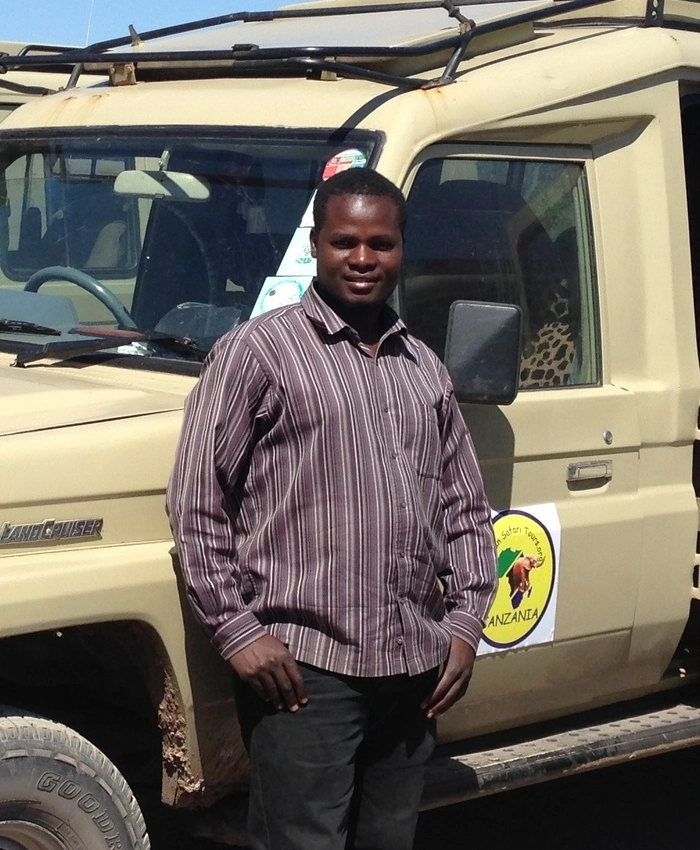
Harry

Ombeni
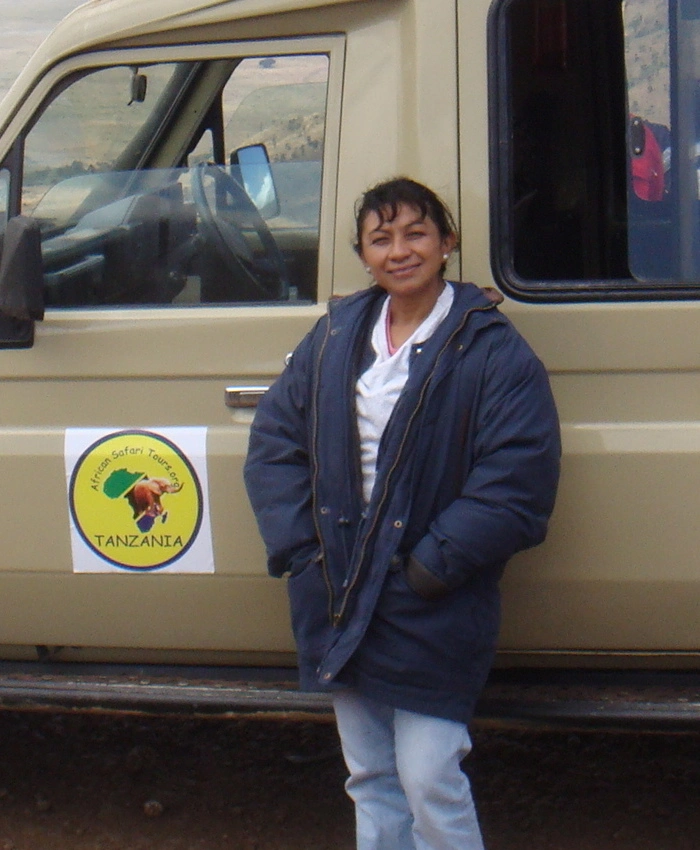
Ayanna
Satisfied Customers
Tanzania gallery
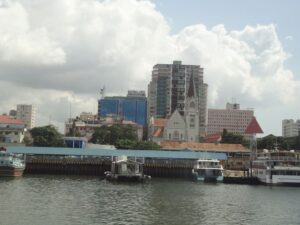
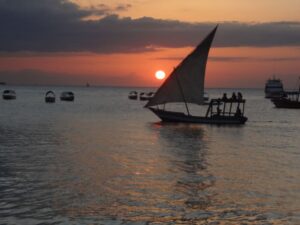

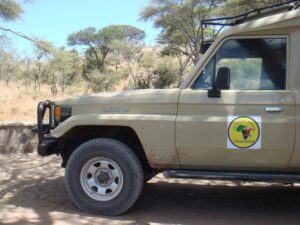
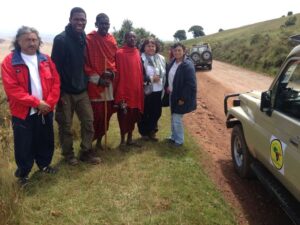
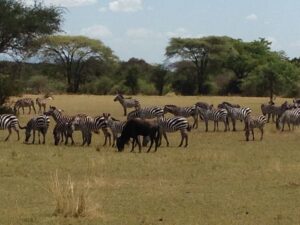
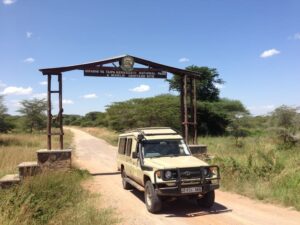
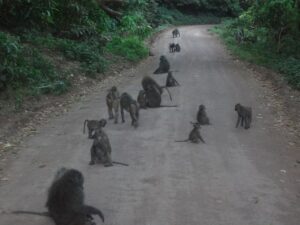

You May Like
Our Popular Safari Tours
2 Days: Tarangire National Park
10 Days: Wildebeest Migration Safari Tours
10 Days African Adventure Explore
7 Days: Serengeti Tour – Safari Adventures
Day Trip to Manyara National Park
Mount Kilimanjaro Climbing Routes and Rates.
6 Days: Umbwe Route
3 Days: Ngorongoro Conservation Area
4 Days: Great Wildebeest Migration
Itinerary Highlights
Unforgettable journey through Tanzania, a country rich in cultural heritage and historical significance. Our Cultural & Historical Tour is designed to immerse you in the diverse traditions, customs, and historical landmarks that define this beautiful nation.
From ancient archaeological sites to vibrant local communities, this tour offers a comprehensive exploration of Tanzania’s past and present.
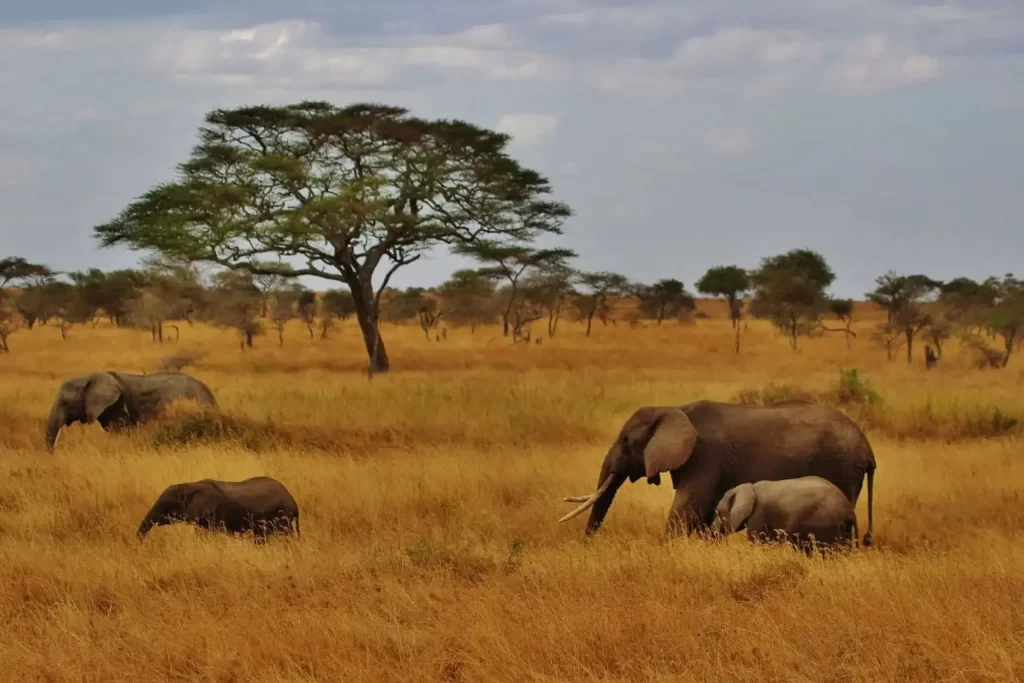
Dar es Salaam: The Gateway to Tanzania
Begin your adventure in Dar es Salaam, the largest city in Tanzania. Visit the National Museum, which houses artifacts from the prehistoric era to modern times, including items from the famous Olduvai Gorge.
Explore the vibrant markets such as Kariakoo Market, where you can experience local life and shop for traditional crafts.
Bagamoyo: A UNESCO World Heritage Site
Travel to Bagamoyo, a historic coastal town that was once a significant port for slave trade and ivory exportation.
Visit the Bagamoyo Arts and Cultural Institute and learn about the town’s history through guided tours of its colonial architecture and museums.
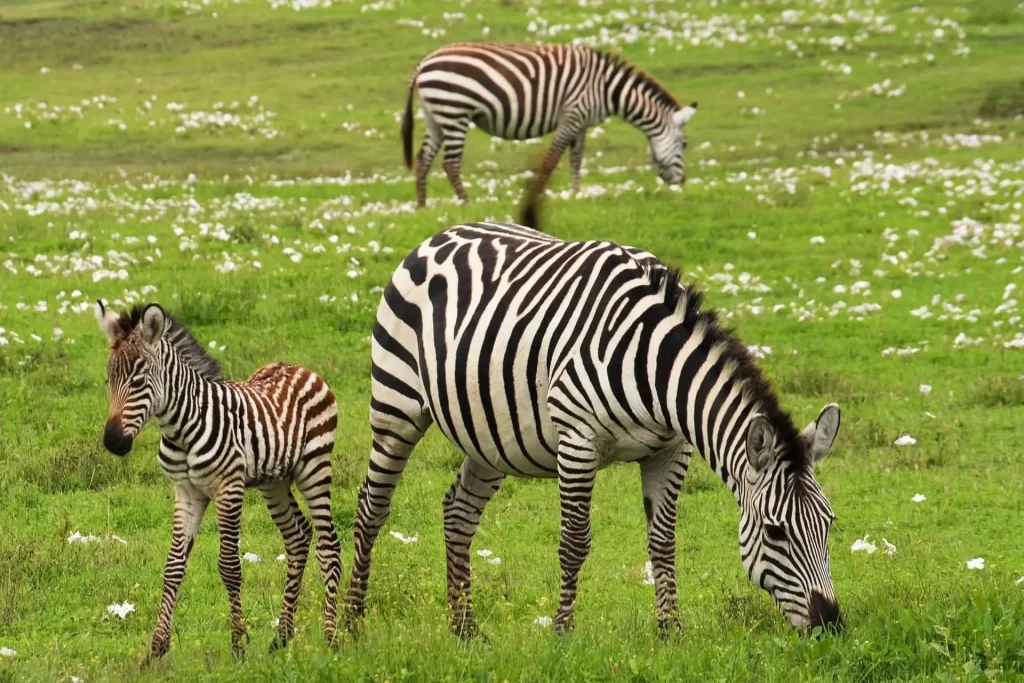
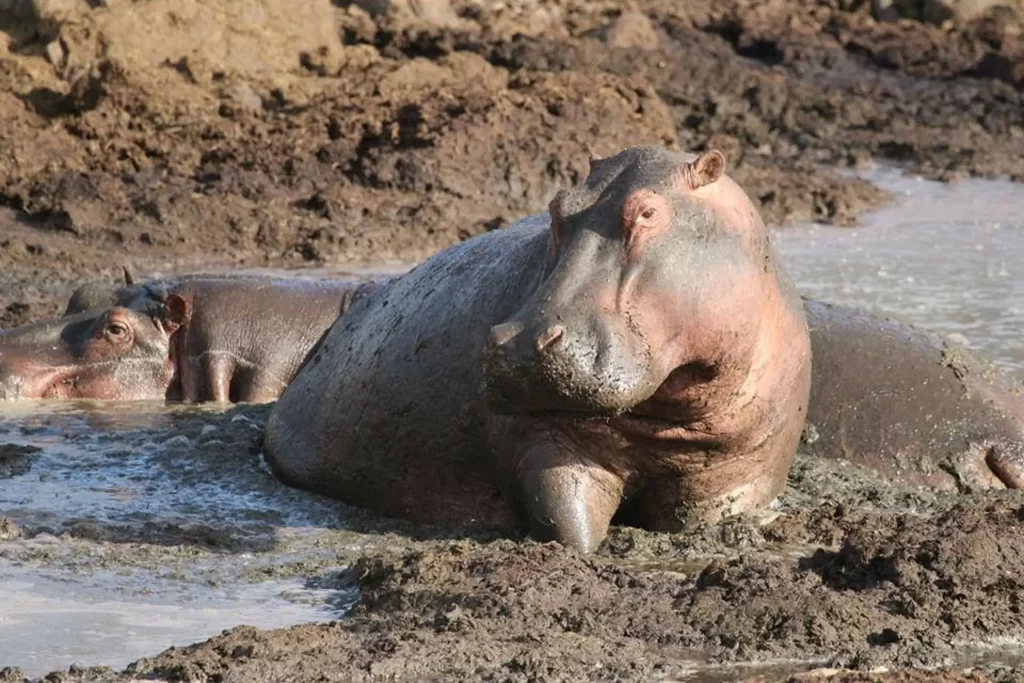
Stone Town, Zanzibar: A Melting Pot of Cultures
Fly or ferry to Zanzibar Island and explore Stone Town, another UNESCO World Heritage Site known for its winding alleys and rich history influenced by Arab, Persian, Indian, and European cultures.
Visit the House of Wonders (Beit el-Ajaib) and the Old Fort to understand Zanzibar’s role in trade networks across the Indian Ocean.
Arusha: The Cradle of Humanity
Visit Arusha National Park where you can see some of Tanzania’s stunning landscapes while learning about early human history at nearby archaeological sites like Olduvai Gorge.
Engage with local historians who will share insights into Tanzania’s ancient civilizations.
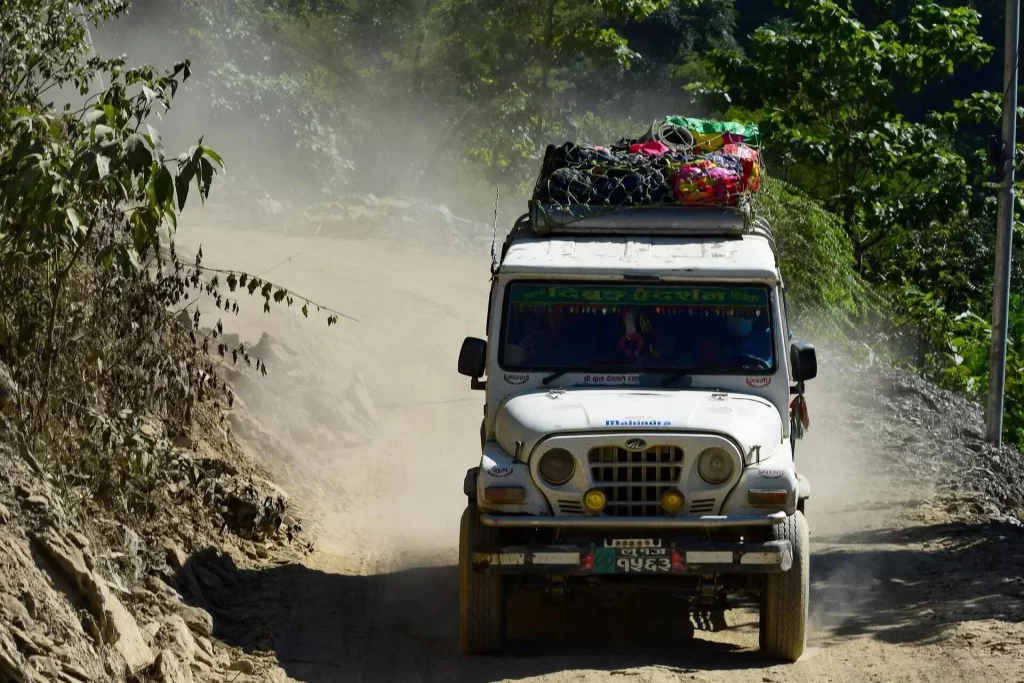

Ngorongoro Crater: A Natural Wonder with Historical Significance
Explore Ngorongoro Crater not only for its breathtaking scenery but also for its significance as a site where early hominids lived millions of years ago.
Participate in guided tours focusing on both wildlife conservation efforts and archaeological findings that highlight human evolution.
The Maasai Culture Experience
Journey into Maasai territory where you will have an opportunity to engage with one of Africa’s most iconic tribes. Participate in traditional dances, learn about their customs, and enjoy a meal prepared by local families.
Understand their pastoral lifestyle and how they coexist with wildlife in their natural habitat.
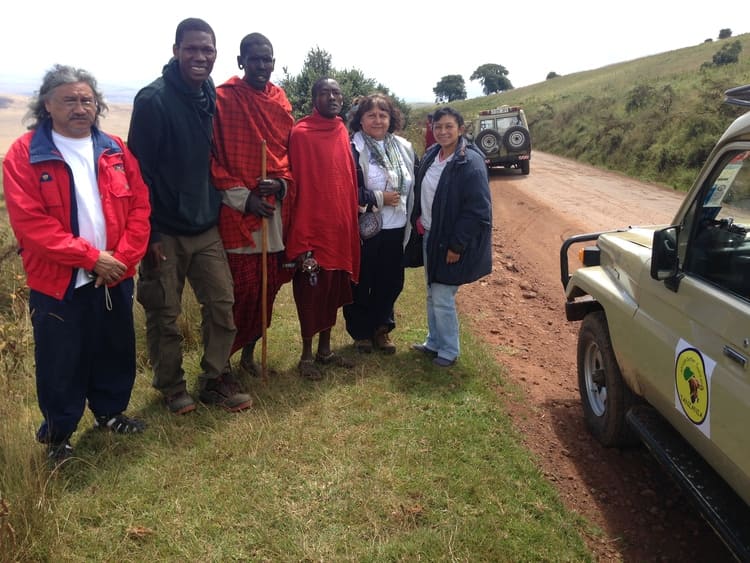
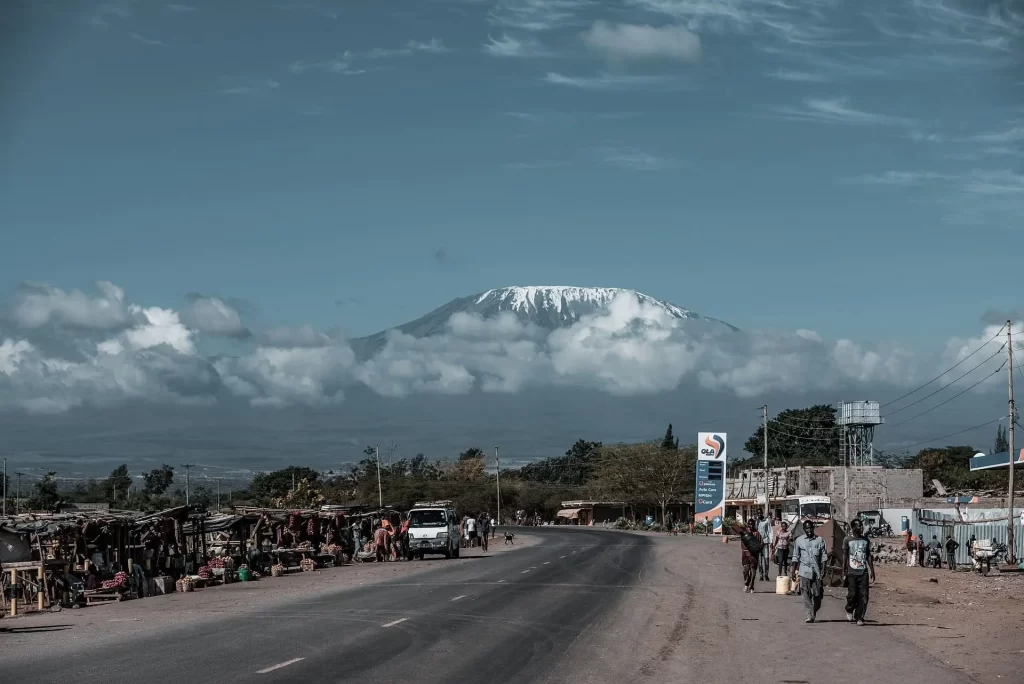
Cultural Engagement Activities
Attend workshops led by local artisans specializing in traditional crafts such as beadwork or wood carving.
Enjoy cooking classes featuring Tanzanian cuisine where you’ll learn how to prepare dishes using locally sourced ingredients.
Participate in community service projects that support local schools or health initiatives.
